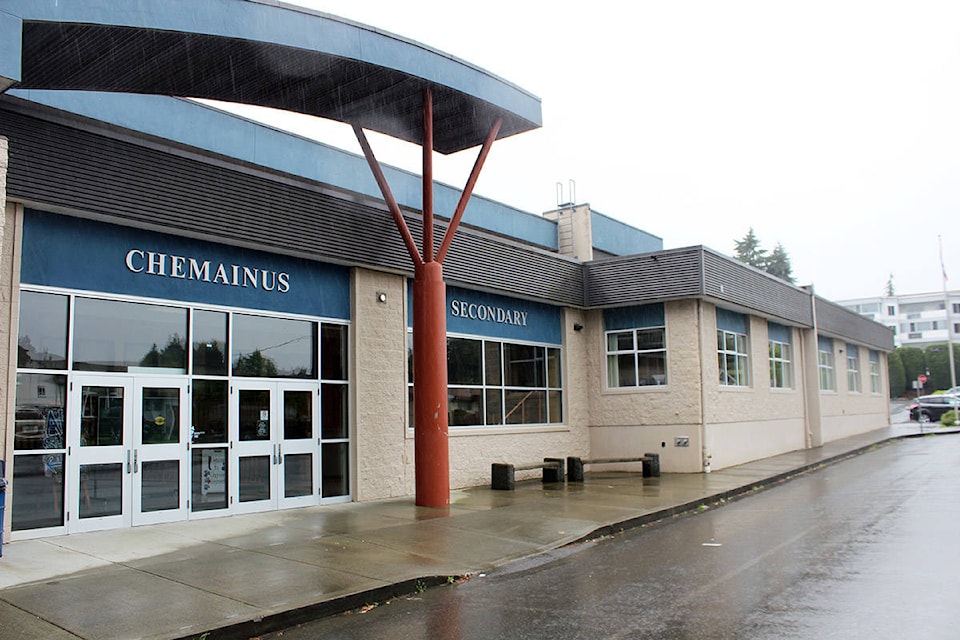Chemainus Secondary School has made a huge leap in the Fraser Institute rankings of secondary schools based on the 2016-17 school year.
The Fraser Institute released its Report Card on B.C.’s Secondary Schools Tuesday, the most easily accessible tool for parents to compare the academic performance of their children’s schools.
This year’s Report Card ranks 253 public and independent secondary schools based on seven academic indicators using student results from annual provincewide exams, grade-to-grade transition rates, and graduation rates.
Chemainus came in at No. 28 out of 253 schools with a 7.9 rating. The school’s ranking for the most recent five years was 6.3 for 103rd out of 246.
Of the top 50 schools in the ranking, 27 are independent schools and 23 are public schools, located in 26 different cities and towns across the province.
“All too often, we hear excuses that public schools can’t compete with independent schools because of the communities and students that they serve, but that’s just not true—every school can improve and strive to rank higher than the year before,” noted Peter Cowley, director of school performance studies at the Fraser Institute.
This year, 34 schools showed statistically significant declines in performance over the past four years, and an equal number showed statistically significant improvement, including Chemainus.
“The jump in the average exam mark and the fail rate indicators were responsible for the increase in the Overall rating in 2016-2017 at Chemainus,” Cowley indicated. “Only the exams in the Grade 12 language courses were administered in 2016-2017 and Chemainus did very well on the English 12 exam and even better on the Communications 12 exam.
“All other indicators were more or less flat, so it is these two that caused the jump.”
The Report Card on British Columbia’s Secondary Schools collects a variety of relevant, objective indicators of school performance into one easily accessible, public document so that all interested parties—parents, school administrators, teachers, students, and taxpayers—can analyze and compare the performance of individual schools.
“Parents should use this Report Card every year to assess how their child’s school is doing, and when necessary, ask the principal how he or she plans to turn things around,” Cowley pointed out.
